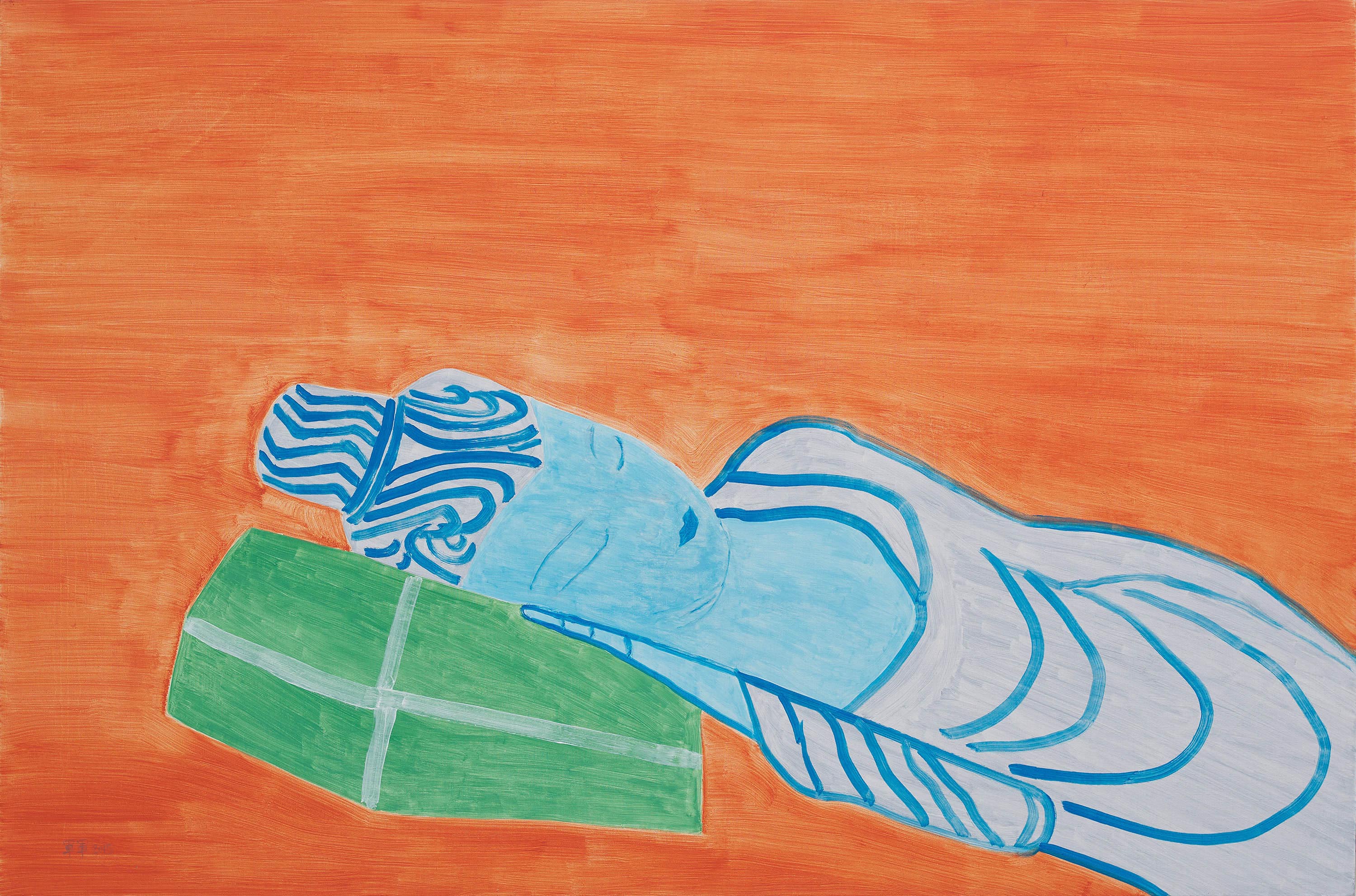
Last summer, I arranged for a tour of the grottoes in Gansu Province. Aside from the large-scale grottoes that have long been well-known to art lovers, I wanted to visit some of the smaller, less-famous grottoes. As most people know, Gansu is a Chinese province filled with grottoes, such as the Mogao Grottoes of Dunhuang and those at Maiji Mountain, Bingling Monastery and Yulin Monastery, all of which are well worth seeing.
The trip was transformative, for me, and I have since produced serval studies and paintings based on what I saw. The biggest influence on my work was (and from now on will probably be) two lesser-known grottoes at North Grotto Monastery (in Qingyang) and South Grotto Monastery (in Pingliang). These two grottoes, each featuring seven grouped Buddha figures, blew me away. As I gazed up at the features of those enlightened beings, I could not keep tears from pouring down my face. This surge of emotion came from lifetimes of following the Buddha’s footsteps and listening to his teachings, but it also came from countless dreadful times when I strayed from the Buddha’s teachings and had nowhere to turn. I felt safe, even enlightened.
First constructed in 509 and 510, respectively, these two grottoes authentically preserve the Northern Wei style: benign countenances with thin smiles, plain yet stately, solemnly poised, and radiantly charismatic. The seven Buddhas at North Grotto Monastery each stand eight meters tall, and the fourteen attendant Bodhisattvas on the sides each stand four meters tall. They are big. The mind marvels at what a huge expenditure of human effort and material was needed to create and install such figures. The Buddha-groupings in these two grottoes are among China’s longest-neglected yet culturally most valuable treasures.
Upon being initiated as a Buddhist in 2003, my early interest in Buddhist art centered on iconic scriptural scenes from the wall paintings of Dunhuang, in which sutras spoken by the Buddha were depicted through successive scenes in mural form. This was done in a direct and pared-down mode, readily comprehensible and believable. Most importantly, the rendering was done with a highly flexible technique, in lush and variable color schemes. Among these I was swept up most of all by the Northern Dynasties mural style. The spontaneity of its child-like brushwork, the devotion of that era’s painters, the heartfelt intent to bless one’s loved ones, and the earnest aspiration for wondrous future lifetimes—all of this was fully conveyed through those mottled wall paintings, with a force that moved me tremendously.
In recent years a favorable combination of circumstances enabled me to begin collecting Buddhist sculptures, mainly from the Northern Dynasties Period [386-581]. Although I understood the truth of “becoming, abiding, perishing, and emptiness,” I was ultimately drawn in by the allure of those ancient sculptors’ works. In the history of Chinese sculpture, works of the Northern Dynasties belong to a period of youthful rawness and innocence, possessing vitality and eagerness in life’s quest. That era bequeathed a stunning legacy of figurative art on later generations. Owing to this wonderful chance, I visited all the world’s museums that house seminal works of ancient Chinese sculpture, and I collected a wide range of publications on Buddhist art. I scoured through India and China until I had set foot in most of the grotto sites still extant. I thirstily absorbed what was there to learn, during a process that in retrospect can best be described by the word “happiness.”
My visit to the North and South Grotto Monasteries had a pivotal effect on my decision to create the “Buddha Entering Nirvana” series, all from this year, some of which are shown here. Of course that was preceded by over ten years of immersion in Buddhist scriptures and the defining works of Buddhist art. But after i visited these grottoes I suddenly felt as if a dust cloud had settled, letting me see how insignificant the conceptions of an individual artist were among myriads of phenomena in the cosmos, and how evanescent the joys and sorrows of an individual being were. Amid the reflected light and windy sounds of the natural world, all attachments would prove to be ephemeral, and all elaborations would return to the essentials. Eventually I would not be this “I,” and the world would not be this world. If a life-path can be chosen, I would prefer to be a devoted child of the Buddha and to leave behind a few images of the Buddha, who revealed to us a true picture of life. In our present-day society of lost faith and rampant desires, this was the “luxury” I dreamed of enjoying most.
The reclining Buddha is shown entering the stillness of nirvana, which is the supreme state of wisdom that no longer dwells in Samsara. On this plane of existence the human heart takes inspired flight. By grace of heaven, the strokes of my brush linked up with the hearts of ancient grotto artists, as if I had been taken back to my pristine childhood mind. The dust of external things and worries peeled away layer by layer, until I found a pair of limpid eyes; I found the freedom and self-presence it took to depict the compassionate features and lineaments of each Buddha. For all this to happen, one can only say that it was fate
(Translated from Chinese by Denis Mair)